
Monstera deliciosa – House Plant Journal
In the true spirit of 'House Plant Journal', here is a complete account of my relationship with my Monstera deliciosa:

In the true spirit of 'House Plant Journal', here is a complete account of my relationship with my Monstera deliciosa:

For anyone who understands plant biology, this is a loaded question - read on to find out why...

Problem: the original philodendron silver plant is looking quite bare near the pot but still has several healthy vines - this is completely a matter of opinion, if you like the way your plant looks, then no need to change it.

A good proportion of questions I receive involve identifying a plant. I'm pretty familiar with most common house plants but there are times when I just can't remember a name, even though I've seen it before. Here, I will go through one example of how I found the name of a plant with only a picture.

Air plants are a lot like Pokemon: there's a strong desire for a "gotta catch 'em all" mentality. But please, for the love of plants, make sure you can provide the right conditions for them. Here's what you need to know.

Congratulations, you just bought your first house plant! The store clerk quickly gave you some vague instructions beginning with “these are super easy to take care of…”
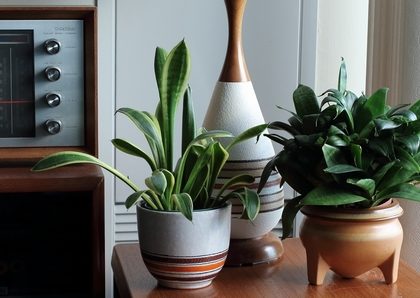
If you only read one article, make it this one: although these factors are in separate paragraphs, they are all interdependent and need to be in BALANCE for a healthy, thriving plant (more on this in another article).






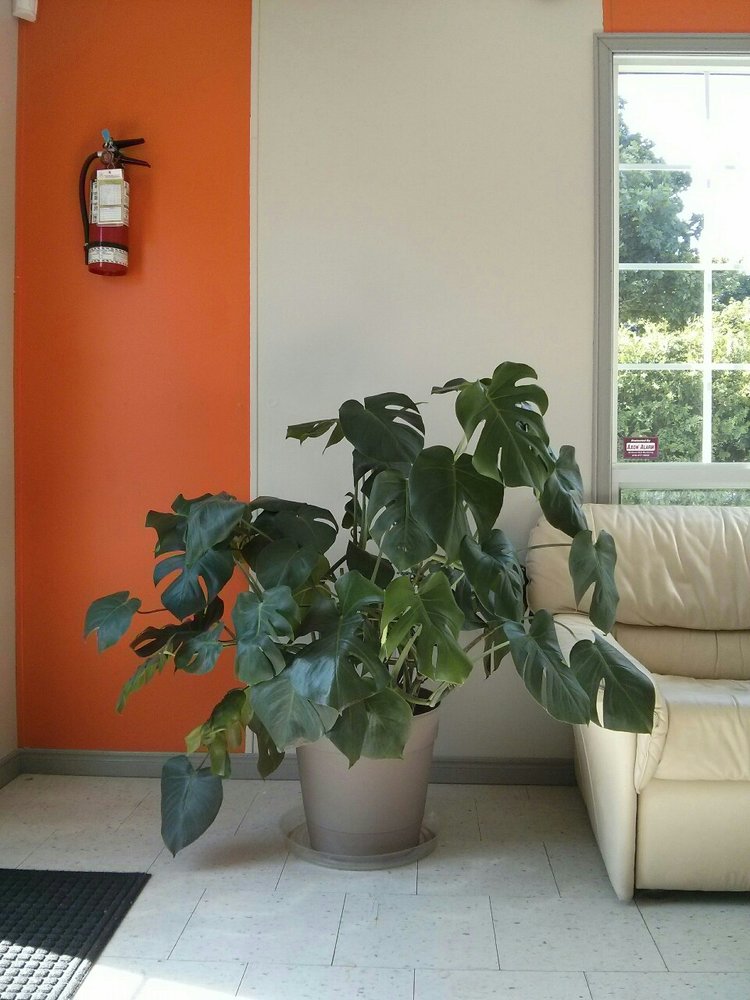


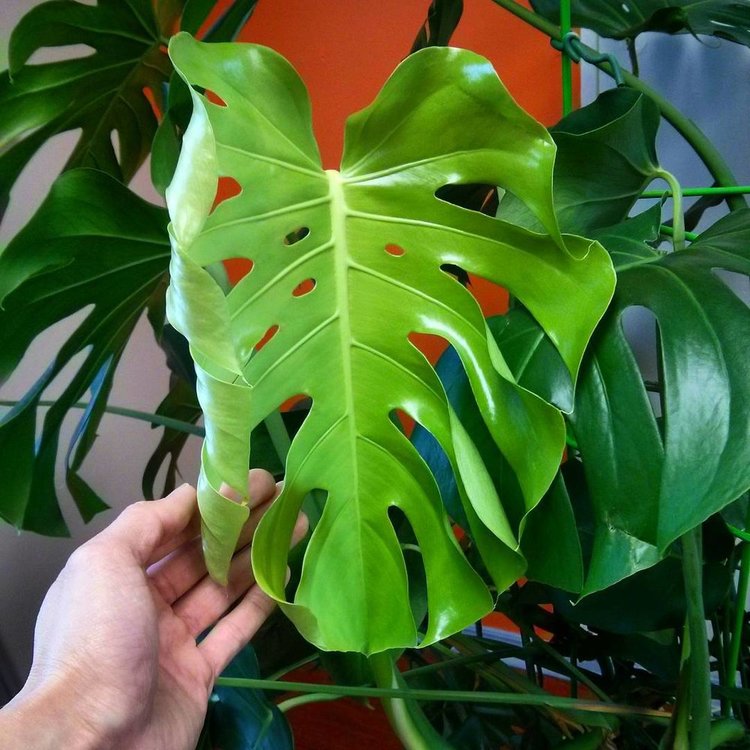
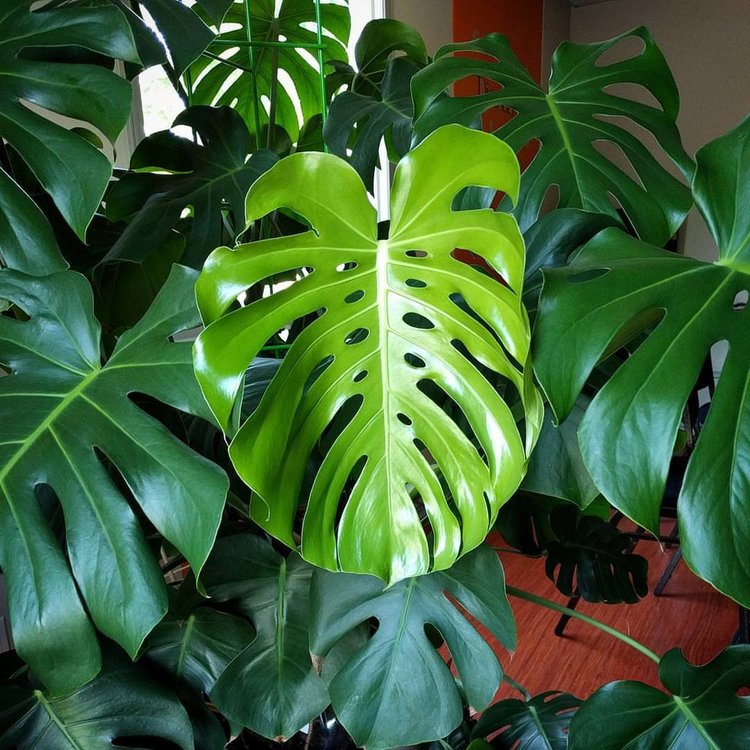

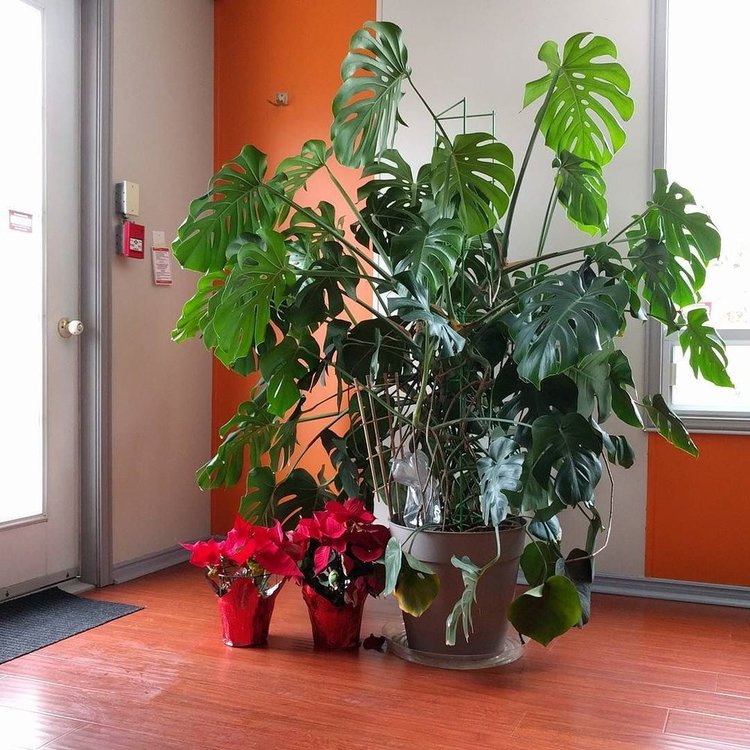
Light: monstera is a big plant so make sure you can provide enough light. Use your eyes: from the exact spot where the plant lives, can it SEE the widest possible view of the sky? Better yet, use a light meter: during the times when the sun is NOT directly in the line of sight, the indirect light levels should be above 400 foot-candles for “Growth Strategy” but if most of the day is no higher than 100 foot-candles, don’t expect much growth: see the “Survival Strategy” section. Monstera can handle 2 or 3 hours of direct sun through a window just fine – if longer than that, you can block with a white sheer curtain.
Light meters I use:
(Amazon Affiliate earnings help to support the work of House Plant Journal)
Dr. Meter Light Meter (Amazon US) | (Amazon CAN) | (Amazon UK)
Urceri Light Meter (Amazon US) | (Amazon CAN) | (Amazon UK)
List of plants and their light requirements: honestly the most important thing to know!
Growth Strategy: with good levels of light, your monstera will happily use up water so you can give the soil a good soaking whenever it becomes dry to a depth of 2 to 4 inches. If you see several new leaves growing, then you can safely apply some fertilizer for the next few weeks (I’ve used 3-1-2 at the recommended strength) but don’t overdo it – follow the mixing instructions on the package. Soil structure is usually pretty good (nice and loose) so I just aerate the soil occasionally – maybe every third or fourth watering.
Long Term Relationship: I know the soil will eventually be depleted of nutrients but since I sense that my pot is large enough, I will opt for a “top dressing” instead of a complete repotting. Top dressing is when you remove some of the old soil from the surface (maybe 2-3 inches down) and add new soil WITH SIMILAR DRAINAGE PROPERTIES as the current soil. Gently mix in the new with the old – it doesn’t have to be perfectly mixed like you’re baking cake.
Survival Strategy: I can only speculate how one might care for a barely growing plant as I would never knowingly place a plant in a dark corner. IT JUST DOESN’T LOOK RIGHT! Still, it’s possible to starve it gracefully and not kill it because you followed instructions for a growing plant. Definitely keep the soil on the dry side and once a week or so, you should loosen it with a chopstick so the roots don’t suffocate. When the leaves look really floppy and thin (because they are finally dehydrated), loosen the compacted soil and pour in just enough water to cover the entire surface to a depth of about 2 inches (I’m assuming the pot is at least 8 inches in diameter) – if the plant is thirsty enough, you shouldn’t get any water running down to the bottom of the pot where it may linger for weeks. Be prepared to cut off older leaves as they yellow – this is the plant abandoning them as the food reserves are depleted without being replenished. New growth will be small, weak and if the soil happened to be too moist at the time, it may have dark brown tips. Weak plants are also more susceptible to illness. Overall, if monstera is living in a dark corner, I’d say it has several months to a year to a long drawn out death with lots of disappointments (leaf loss) along the way. I hope you understand that I’m writing in this morbid fashion so at least some of you plant newbies will decide to hold yourselves to a higher standard of plant parenthood…

And if you want a signed copy…they’re available HERE